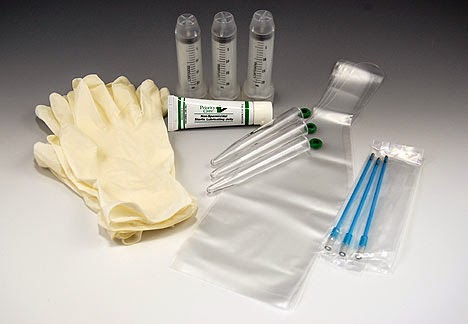 In the LA Times, a police dog was reported to have been stabbed in the line of duty:
In the LA Times, a police dog was reported to have been stabbed in the line of duty:San Marino, CA – A police dog was injured during an incident involving an intense standoff following police response to a burglary alarm.
When police arrived at the scene, they encountered David Pohuns
Liu, 45, standing at the doorway with a large knife and a gun. Liu demanded that police shoot him, but then fled the home whilst refusing to leave.
The standoff lasted approximately 5 hours as police negotiators tried to reason with Liu. Rik, a Belgian Malinois police dog, was sent into the home in an attempt to coax Liu from the building, but was slashed across the head and muzzle. Officers were able to call the injured dog back from the home and have it rushed to emergency surgery.
Shortly after, Liu set fire to the home but finally surrendered after police began using pepper spray projectiles as a last-resort non-lethal tactic. Liu is currently hospitalized for treatment of burns and smoke inhalation during a fire. Thankfully, K9 Officer Rik suffered and no permanent injuries and is expected to make a full recovery.
Just one of many examples proving the true danger of canine protection work. Unfortunately, sporting dogs sold as true protection dogs increase the risk of injury ten-fold. Failure to target the weapon arm and disarm the opponent is one of the biggest mistakes sporting dogs make, and it can easily mean the difference between life or death. We at Command Control Protection Dogs train all of our protection dogs to do real protection work in real-life scenarios involving real danger. Our dogs are very social and love children, but will protect you and your family 100% in an emergency situation. For more information visit, www.cck9.ca
